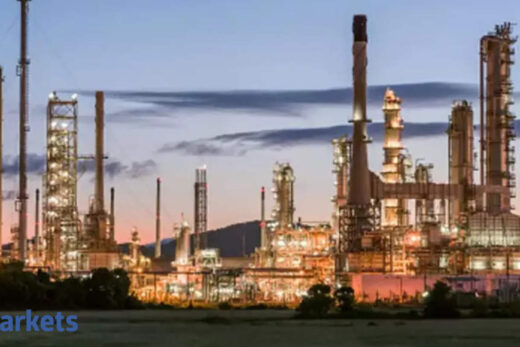Brent crude for September fell 4 cents to $75.51 a barrel by 0032 GMT while US West Texas Intermediate crude for August was at $74.57 a barrel, up 1 cent.
Oil prices slumped last Tuesday after the Organization of the Petroleum Exporting Countries and their allies, a group known as OPEC+, did not reach an agreement to increase output from August. This was because the United Arab Emirates rejected a proposed eight-month extension to OPEC+ output curbs.
“Uncertainty has enveloped the market in the wake of OPEC’s stalemate over future production increases,” ANZ analysts said in a note.
“In the absence of a deal, the current production cuts remain in place, which should see the market tighten further amid strong demand.”
Front-month WTI crude futures posted their sixth weekly gain last week after a bullish report from the U.S. Energy Information Administration showed US crude and gasoline stocks fell while gasoline demand reached its highest since 2019.
In response to higher oil prices, US energy firms added oil and natural gas rigs for a second week in a row, data from Baker Hughes showed.
Still, the spread of coronavirus variants and unequal access to vaccines threaten the global economic recovery, finance chiefs of the G20 large economies warned on Saturday.
A Reuters tally of new COVID-19 infections shows them rising in 69 countries, with the daily rate pointing upwards since late-June and now hitting 478,000.



